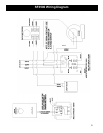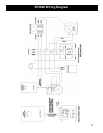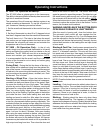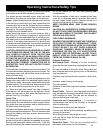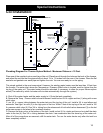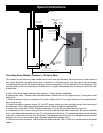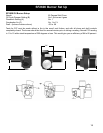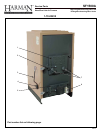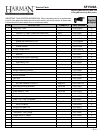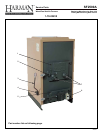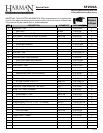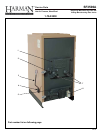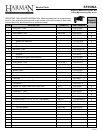
17
1
2
3
3
4
5
6
7
8
Hot Water Out
Cold Water In
Temp. / Pressure
Relief Valve
Aquastat, close on rise.
Optional
Automatic
Air Valve
Pressure Relief
Valve - Must be
within 2 ft. of coil
Optional Gate
Valve to Control
Rate of Flow
Circulator Pump
Drain
Valve
Distance between of more than 10 feet
This method is used when the water heater tank is more than ten feet away from the furnace or the furnace is
on a higher level than the water heater tank. In addition to a circulator pump, you may want to add a aquastat
to thermostatically control the pump according to water temperature. This is optional and not necessary if the
circulator pump is left run continuously. Another option is a gate valve placed near the pump to control the rate
of water ow.
A. Shut off the water heater and the water supply to it. Drain the tank completely.
B. Remove the Temp. / Presure relief valve and discard. Install a short 3/4 in. nipple and tee (1) along with a new
relief valve.
C. Remove the drain valve, at the bottom of the tank. Install a short 3/4 in. nipple and tee and re-install the drain
valve to the tee (4).
D. Install a circulating pump as shown (6). Run 3/4” copper tubing from the circulating pump to the lower leg of
the water coil. This is where the optional gate valve (5) can be installed to regulate ow.
E. Install a 3/4 in. tee and a 150 lb. Pressure relief valve (7) in the top leg within two feet of the coil.
F. Complete the 3/4 in. line by running it back to the tee at the top of the water heater tank. Be sure to install the
3/4 in. vent elbow and automatic air vent (2) at the high point of the line. The optional aquastat can be installed
in this line, a maximum of 6 feet from the furnace. This aquastat must close on rise in temperature and must be
hooked up to turn on the circulator when the water temperature reaches 120° f.
G. After securing all connections, rell the tank with water and then, ONLY THEN, turn on the power to the water
heater.



